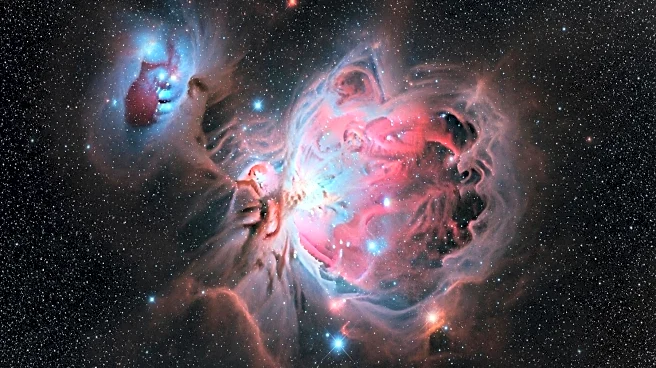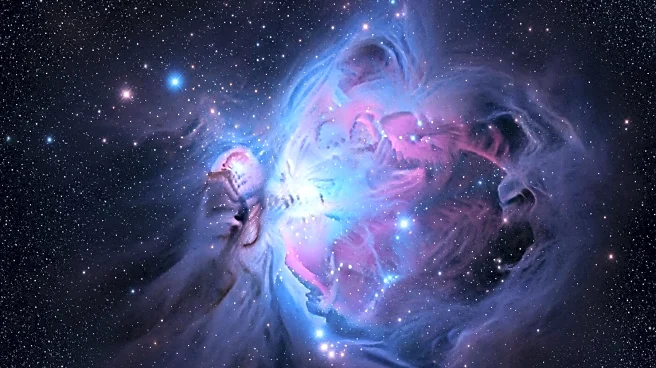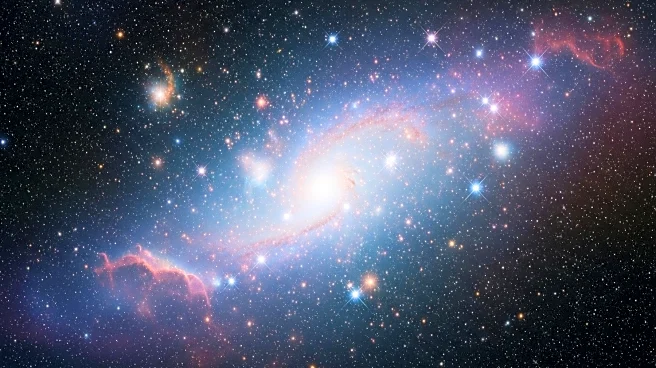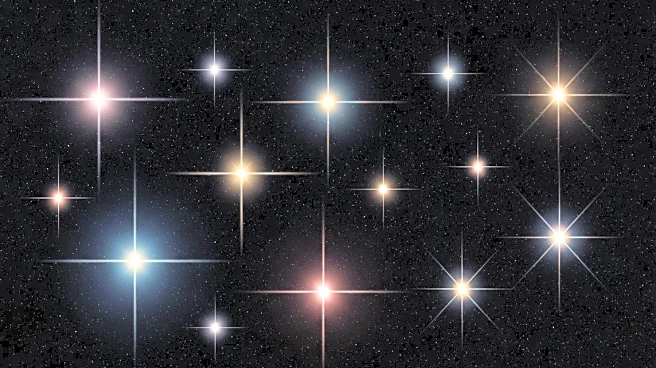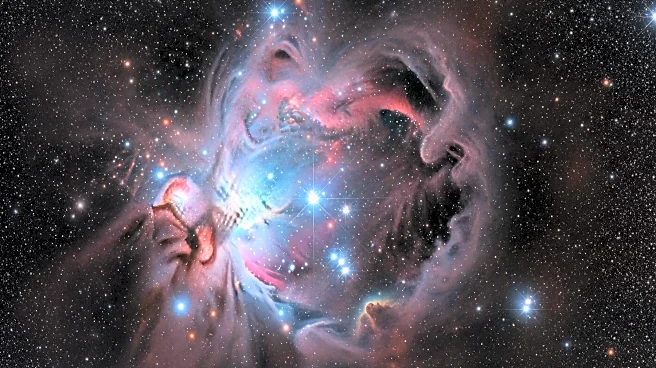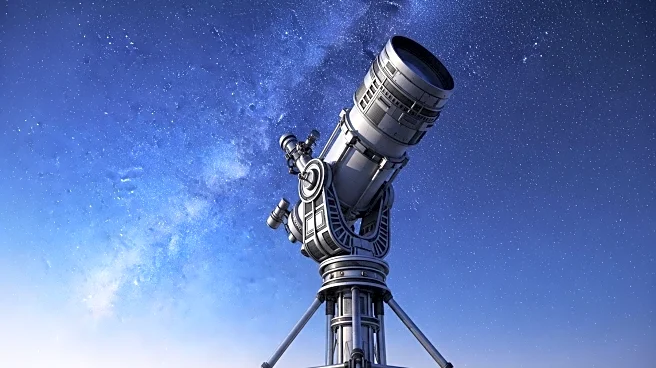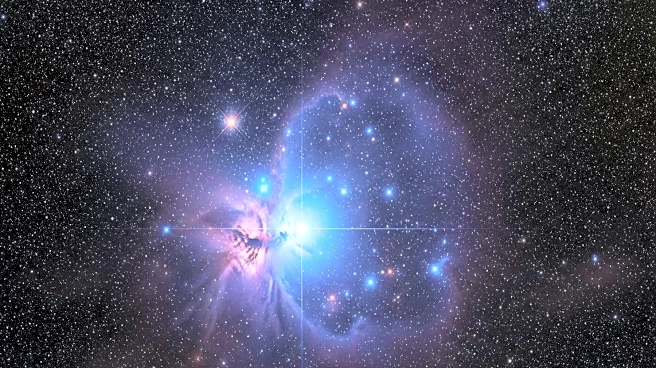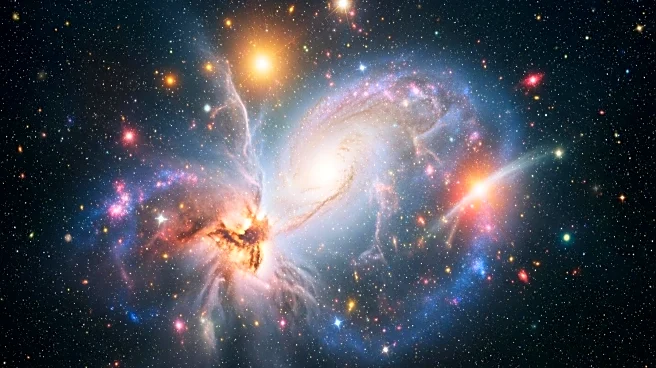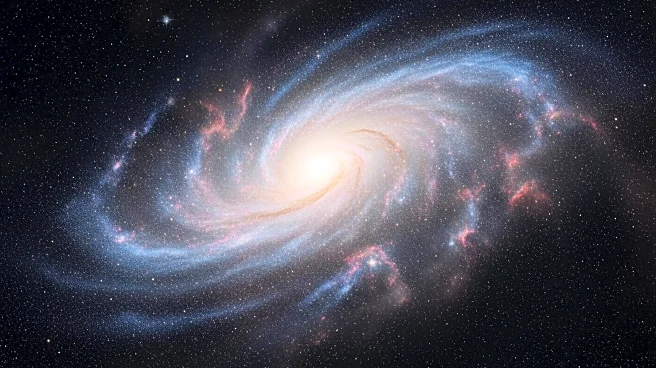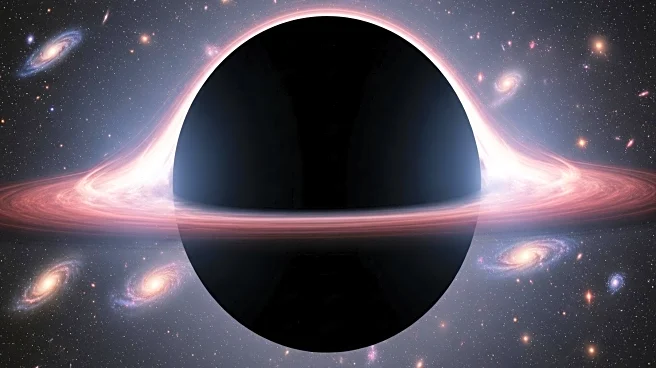What's Happening?
The James Webb Space Telescope has captured detailed images of the Lobster Nebula, located in the constellation of Scorpius. This nebula, also known as NGC 6357, is a stellar nursery where new massive stars are forming. The images reveal the Pismis 24 cluster at the nebula's center, home to some of the most massive and hottest stars. The nebula's structure, composed of molecular hydrogen, features jagged peaks of gas that are gradually collapsing under gravity to form new stars.
Why It's Important?
The observations made by the James Webb Space Telescope provide valuable insights into the process of star formation, particularly in massive stellar nurseries like the Lobster Nebula. Understanding how stars form and evolve is crucial for comprehending the lifecycle of galaxies and the universe. The data collected can help refine models of stellar evolution and contribute to our knowledge of the conditions necessary for star formation.
Beyond the Headlines
The images from the James Webb Space Telescope also highlight the use of false colors to visualize infrared data, offering a unique perspective on cosmic phenomena. This approach allows scientists to study regions of space that are otherwise obscured by dust and gas, enhancing our understanding of the universe's structure and composition.
